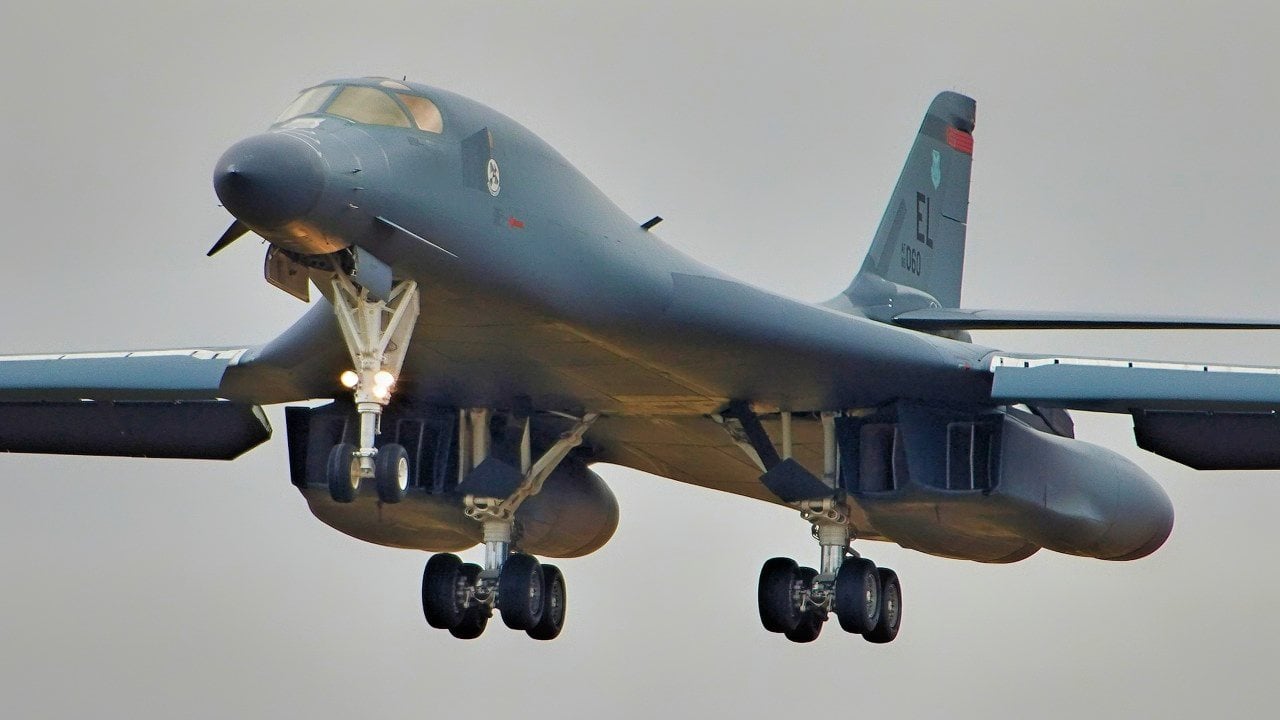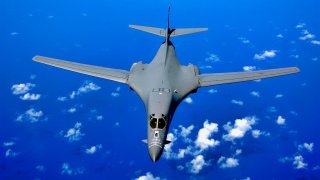B-1 Lancer Bombers Just Landed on Russia's Doorstep for Wargames
The U.S. has deployed two B-1 Lancer strategic bombers to Incirlik Air Base in Turkey, emphasizing this as a part of routine NATO interoperability and training operations.
Summary: The U.S. has deployed two B-1 Lancer strategic bombers to Incirlik Air Base in Turkey, emphasizing this as a part of routine NATO interoperability and training operations. Originating from Spain, these bombers are not intended to provoke Russia but rather to assure allies of the U.S.'s commitment to regional security.
-This forward positioning also facilitates crucial training and readiness testing for aircrew and equipment.
-Amid heightened tensions due to Russia's actions in Ukraine, the deployment of these nuclear-capable bombers serves as a strategic reminder to Moscow of the potential consequences of nuclear escalation in the region.
U.S. Deploys B-1 Lancer Bombers Near Ukraine to Boost NATO Ties and Deter Russian Aggression
U.S. nuclear-capable strategic bombers are deploying close to the area of operations in the Russo-Ukraine war. Two B-1 Lancer strategic bombers are currently at Incirlik Air Base in Turkey.
The B-1 Lancer Bombers Are Back
The U.S. Air Force emphasized that the deployment is part of a long-planned rotation to increase interoperability among NATO member-states.
“We would like to thank our Turkish hosts for their role in this vital training opportunity and for their ongoing support to our team living and working as part of the Incirlik community,” Col. Kevin Lord, the commanding officer of the 39th Air Base Wing, said in a press release.
“Bilateral operations and routine engagement between U.S. and Turkish forces, including these recent bomber task force missions, strengthen our shared commitment to regional security and stability.”
This is the latest in a series of forward-posture strategic deployments in the region. The Lancers that landed in Turkey flew from Spain, where they arrived just a couple weeks earlier as part of a group of four B-1s sent to that country.
These deployments aren't designed to stir trouble with the Russians. Instead, they are intended to reassure allies and partners that America is committed to collective defense. The Air Force also has a number of nuclear munitions stored at Incirlik.
“Our ability to maneuver through the Arctic, and forward posture strategic bombers in Europe, is key to assuring our Allies and partners of our commitment to regional security and stability,” Gen. James Hecker, commander of U.S. Air Forces in Europe and Air Forces Africa, and NATO Allied Air Command, said.
“The global security environment requires a forward-leaning approach, and we will continue to meet this challenge through strategic planning and innovative operations.”
These deployments also serve a more practical end. They are designed to test and train the capabilities of crews and aircraft and to determine their readiness to operate. Training events like these are the best way to prepare for the real thing.

Fears of a possible nuclear war have spiked on a few occasions since Russian President Vladimir Putin decided to go off the rails and invade Ukraine. With Russia’s forces performing poorly in the war, the U.S. intelligence community and military worried that a desperate Kremlin might launch a tactical nuclear weapon. The presence near Ukraine and Russia of the B-1 Lancer, which is capable of carrying nuclear and conventional munitions, will remind Russia that nuclear escalation in Ukraine could spiral quickly out of Moscow’s control.
About the Author
Stavros Atlamazoglou is a seasoned defense and national security journalist specializing in special operations. A Hellenic Army veteran (national service with the 575th Marine Battalion and Army HQ), he holds a BA from the Johns Hopkins University, an MA from the Johns Hopkins’ School of Advanced International Studies (SAIS). He is pursuing a J.D. at Boston College Law School. His work has been featured in Business Insider, Sandboxx, and SOFREP.


